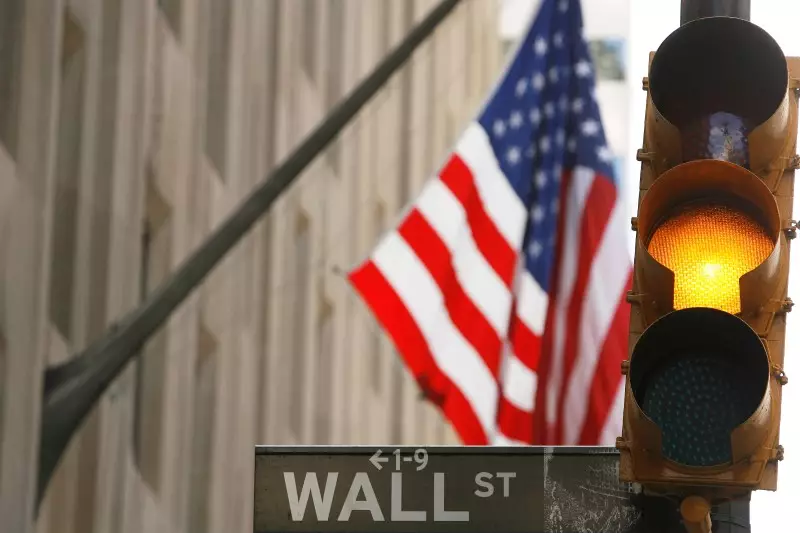In the ever-changing arena of the U.S. stock market, the trading landscape has recently been marked by a tumultuous combination of optimism and caution. Following a notable interest rate cut, several major indices reached unprecedented high points, only to face a cooling-off period as the week progressed. Investors, initially buoyed by the Federal Reserve’s announcement, are now grappling with uncertainties surrounding the sustainability of these gains, particularly as critical signals from the central bank loom ahead.
The backdrop for this scenario is defined by the Federal Reserve’s decision to implement a 50 basis point cut in interest rates—a move that was widely celebrated by market participants. This action signaled the onset of an easing cycle that could lead to further rate decreases, with projections hinting at a potential reduction of up to 125 basis points throughout the year. However, optimism quickly encountered headwinds as concerns about the larger economic landscape began to overshadow immediate gains.
As traders braced for the implications of upcoming economic indicators, eyes are fixed on the PCE price index data, the Federal Reserve’s favored measure of inflation. Due to be released this Friday, this data point will be critical in providing insight into whether inflation aligns with the central bank’s target rate of 2%. Currently, inflation remains notably elevated, complicating the Fed’s potential actions moving forward. This tension emphasizes that while the market reacted enthusiastically to recent monetary policy adjustments, the path ahead is fraught with conditions dependent on economic performance.
Market reactions have been mixed, with the S&P 500 and Dow Jones Industrial Average hitting all-time highs thanks to optimism surrounding the rate cuts. Conversely, the NASDAQ Composite has shown some vulnerability, especially within technology stocks, which have recently experienced fluctuations. This divergence illustrates how different sectors respond uniquely to macroeconomic developments and highlights the complexity of the current financial landscape.
Additionally, key Federal Reserve officials, including Chairman Jerome Powell, are slated to speak this week, providing further direction and insight into the central bank’s future policy intentions. These communications are critical not only for immediate market sentiment but also for shaping investor expectations in the medium to long-term. Until now, the Fed has maintained a guarded outlook, suggesting that neutral rates are likely to be higher than their historical counterparts. This acknowledgment implies that more stringent monetary conditions may lie ahead, potentially tempering the exuberance that followed the recent rate cuts.
As market participants digest these signals and prepare for potential volatility, the overarching theme remains one of cautious optimism mixed with unease. While the Federal Reserve’s actions have temporarily stimulated the markets, the real economic data yet to come will ultimately dictate the trajectory of Wall Street. The weeks ahead will not only reveal the intricacies of U.S. economic recovery but also test the resilience of investors who have navigated through uncharted waters.

